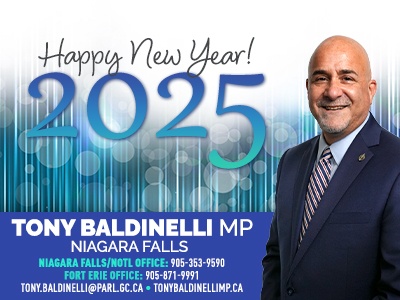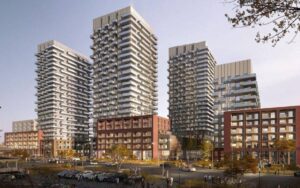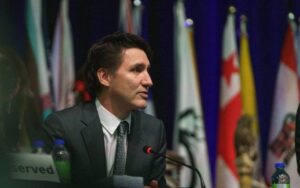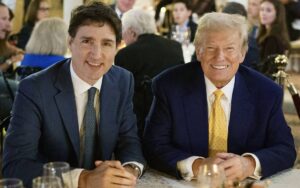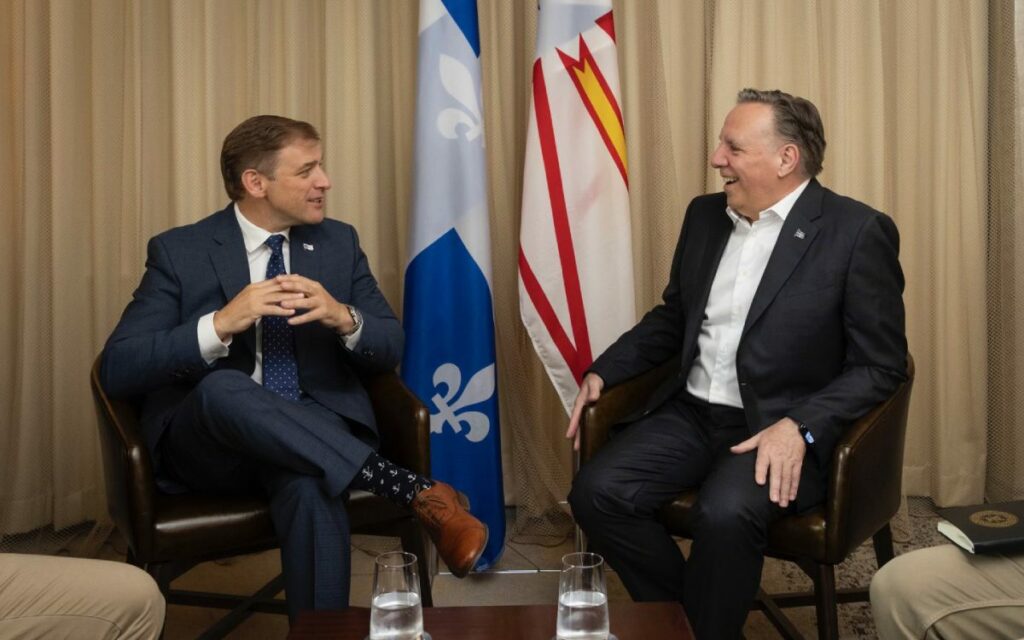
A Conservative government will be much more likely to heed provincial calls for a sensible change or even elimination of the equalization program. Pictured: Newfoundland and Labrador Premier Andrew Furey with Quebec Premier Francois Legault. Photo Credit: Andrew Furey/X.
Canada’s Equalization Program has been around since 1957 and was initially put in place to address fiscal disparities among the provinces and enable all provinces to have sufficient revenues to provide roughly comparable levels of public services at comparable levels of taxation.
Sounds reasonable, right?
Federal government documents note, “the Equalization program has provided benefits at some point in time to every province in Canada.” Although this is technically true, the real story is that some provinces have consistently been large net contributors to equalization while others have been long-term regular recipients of largesse from other parts of Canada. While the program may initially have had good intentions, it has increasingly become much more of a politically partisan vehicle to some regions while discouraging those on the receiving end from developing their own provincial economies in fear of losing equalization support.
A number of provinces have become fed up with the way in which equalization operates, and either want to significantly reform the program or eliminate it altogether. In May 2024, the government of Newfoundland and Labrador initiated a legal challenge against the program on the basis of constitutionality. More recently, BC NDP Premier David Eby stated that he would be supporting Newfoundland and Labrador’s legal action. Eby was likely encouraged by his Conservative party opponents, who have highlighted the unfairness to BC in the current equalization system and who are gaining ground on Eby’s NDP in the provincial election which is just a few months away. Alberta and Saskatchewan, the most regular contributors to the program among all provinces, have for years pursued reform of equalization. Having BC and Newfoundland and Labrador also join the crowd is a major development.
New Brunswick Premier Blaine Higgs has also weighed in over the past few years in favour of reducing equalization payments so that provinces will have more incentive to develop their own economies, especially their resource sectors. As New Brunswick has historically been a significant net recipient of equalization monies, this was an unusual move on Higgs’ part that may have been motivated by the failure of previous New Brunswick governments to boost their economy by developing their natural resource wealth as they seemed to prefer remaining on the equalization “dole.”
The formula for calculating equalization payments is typically renewed every five years. The most recent renewal was scheduled for 2023. Although several provinces had appealed to the federal government to change various elements of the formula, the Liberals instead chose to further aggravate provincial opposition by renewing the existing formula last year with zero consultation with the provinces.
They did this by burying this renewal – without any of the changes the provinces had been asking for – in the giant 400 plus page federal budget documents. In 2018, the last time the formula was scheduled for renewal, the Trudeau government also chose to renew the existing formula with minimal changes, ignoring provincial concerns. Provinces which have protested the current equalization situation, and the many billions of dollars it involves, have a very good case to make against the federal Liberal government’s negligence and sneaky behaviour on this important issue.
Even considering some of the self-interested elements of provincial opposition, there are very solid reasons to change the current equalization formula. Currently, payments to provinces are supposedly determined on the basis of the province’s “fiscal capacity,” or their ability to raise revenue. Despite the fact that disparities are declining among the provinces’ respective abilities to raise revenue, equalization payments to so-called “have-not” provinces have not been declining as they should.
Instead of the formula being based on objective economic and financial criteria, the program has devolved into a partisan mess where provinces that vote Liberal are recipients of payments and provinces that don’t vote Liberal are donors. It’s no accident that Quebec is the biggest winner by far of equalization payments despite that province’s significant ability to raise its own tax revenues.
There is a very good case to be made for the complete elimination of the equalization program. Past experience has shown that provinces which have been historically regular recipients of equalization payments have suffered from a “welfare trap,” in that their governments have made choices not to develop their economies as that could risk receiving equalization.
This is a foolish decision as productive economic development has many more enduring benefits than reliance on other parts of the country to shore up a provincial balance sheet. It has also been demonstrated that, despite the goal of the program to provide the same level of public services to all provinces, those regions on the receiving end have often been able to finance even more public resources for things like social services and health care than those provinces who are net payers of equalization.
The growing provincial opposition to the current equalization formula suggests change will be coming soon. It is surprising that more provinces haven’t protested, as the current Liberal government has been ignoring provincial concerns for years. The current formula for calculating equalization payments will not expire until 2029, which was a key reason for the government of Newfoundland and Labrador to launch their court challenge, as they did not want to live with the current system for another five years.
More importantly, it appears Canada will see a change in the federal government in the next election. A Conservative government will be much more likely to heed provincial calls for a sensible change or even elimination of the equalization program, as Conservative governments have a track record of being much more respectful of provincial concerns than do Liberals. As something called equalization has had the result of being much more about inequity, this change will be long overdue.

She has published numerous articles in journals, magazines & other media on issues such as free trade, finance, entrepreneurship & women business owners. Ms. Swift is a past President of the Empire Club of Canada, a former Director of the CD Howe Institute, the Canadian Youth Business Foundation, SOS Children’s Villages, past President of the International Small Business Congress and current Director of the Fraser Institute. She was cited in 2003 & 2012 as one of the most powerful women in Canada by the Women’s Executive Network & is a recipient of the Queen’s Silver & Gold Jubilee medals.


